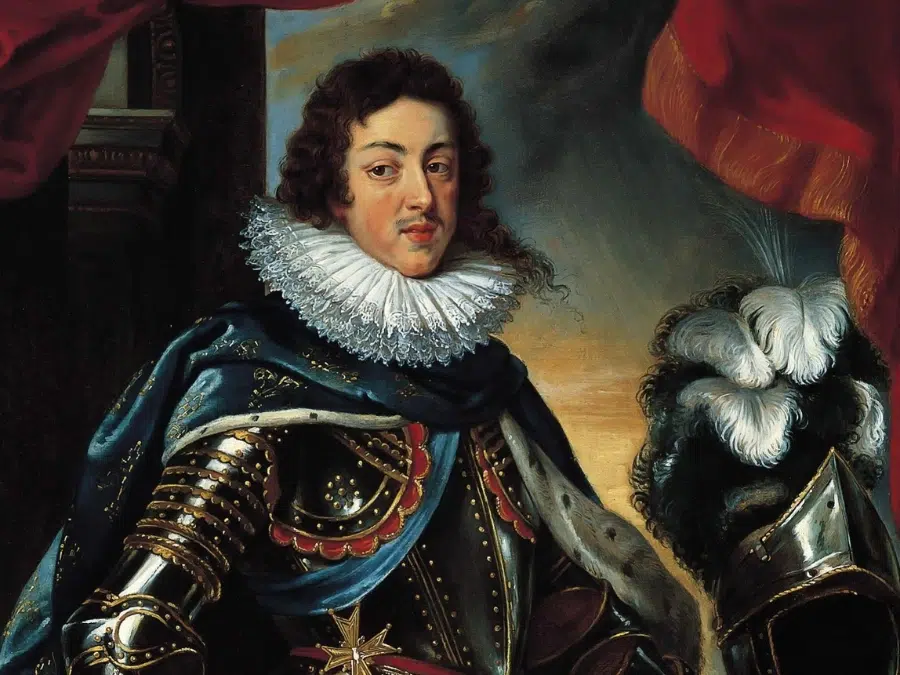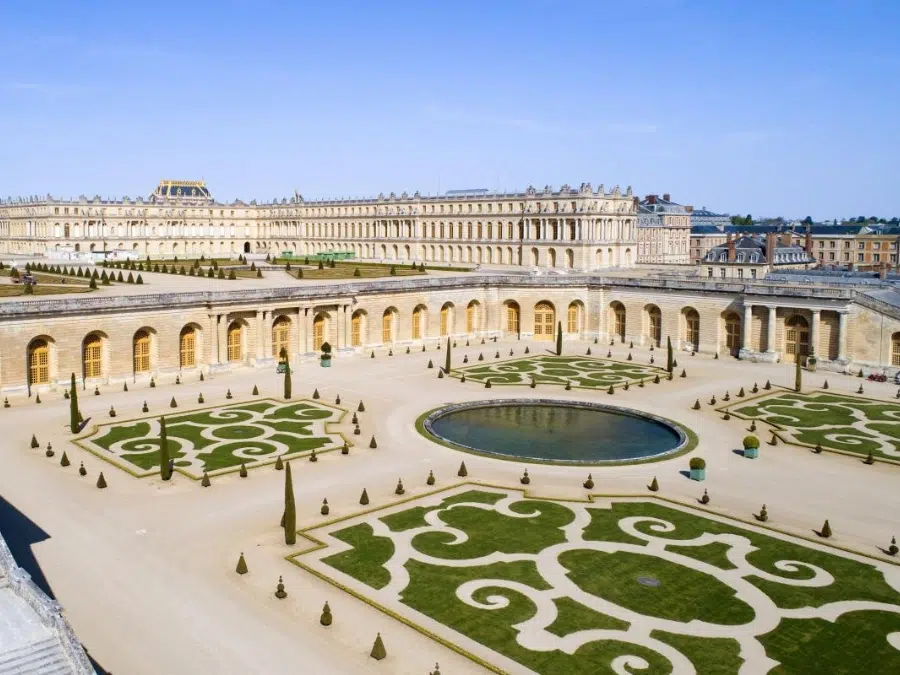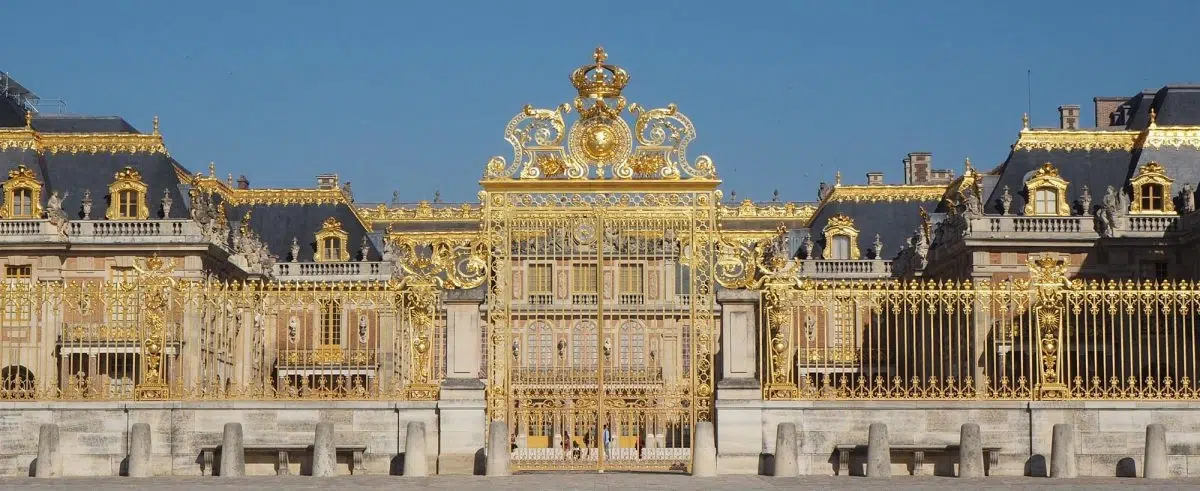Located in the Ile-de-France region, the Versailles Palace symbolizes French grandeur and history. Initially built as a hunting lodge for King Louis XIII, it was transformed by his son Louis XIV into a palace complex with sprawling gardens and majestic halls. Are you aware that the Versailles Palace became the center of political power in 1682 when it became the royal court? From its humble beginnings to its transformation into the grandest royal palace, it has witnessed its share of intrigue and events. This article will explore everything about the palace’s history, context, and growth, enabling a deeper understanding of this royal residence.
Its Origins

In the 17th century, King Louis XIII sought a small village southeast of Paris to serve as his hunting retreat. Bricks and stones were used to erect the initial structure, which was completed in 1624. The functional layout of the lodge consisted of a central building flanked by two wings on either side. Its interiors were simple, with large windows allowing natural light. However, some areas, such as the King’s quarters, were lavishly furnished, reflecting his taste and status. The lodge had amenities such as stables, kennels, and hunting equipment to aid in the hunting excursions.
Transformation under Louis XIV

Shortly after King Louis XIII’s death, Louis XIV expanded Versailles into a royal palace. He gathered a team of architects and designers to manage the expansion and renovation. Louis le Vau, a prominent architect, oversaw the expansion of the original hunting lodge, adding wings and a central block. André le Notre, a landscape artist, was assigned to design the palace’s gardens. He meticulously planned the lawns, sculptures, flower beds, and fountains. Le Brun, a painter and decorator, handled the palace’s interiors and furnishings. Lous XIV began moving his court in the 1670s, and it was finally established on May 6, 1682.
Center of Power
This strategic move consolidated the king’s power and kept the nobility under his roof. Under his leadership, Versailles became the backdrop of several political decisions that shaped French history. Important treaties and decisions were made at the palace, such as the Treaty of Nijmegen in 1678 and the Edict of Fountainbleau in 1685. The palace has also become a beacon of cultural achievements, hosting events such as the Grand Carrousel, which celebrates the birth of Dauphin. Plays and performances were regularly staged, reflecting the vibrancy of the court.
Step into the wonders of Palace of Versailles!
Turn your curiosity into an adventure with our world-trusted partners.
Impact of the French Revolution
By the 18th century, the French people grew discontented due to the monarchy’s excesses. Louis XIV tried to flee amid growing tensions in 1791 but was captured and sent to Paris. The monarchy ended, and the palace was declared a public establishment in 1793. This resulted in disposing of over 17,000 items, including furniture and artwork. However, the palace and the gardens were preserved for people’s enjoyment.
From Palace to Museum

After the French Revolution, the Palace of Versailles was neglected. The artwork got scattered, furniture was sold, and once-manicured gardens were overgrown. Finally, in the 19th century, in 1837, King Louis Philipe decided to transform it into a museum dedicated to the history of France. The Hall of Mirrors, the Petit Trianon, and the Royal Gate underwent major renovations, and new exhibitions were added to their galleries. The 20th century also followed the same lines with the recreation of state departments and the addition of new exhibitions and events.
Current Status in the Modern Era
With over 7 million visitors each year, the Palace of Versailles is one of the most popular destinations in the world. The UNESCO World Heritage Site is open for visitors throughout the year and is managed by the French government. It also hosts events annually, such as the musical Fountains show and the Royal Chapel concert. The Versailles Palace of today is a testament to French heritage and is a must-visit to understand different facets of French culture.
FAQs
1. What is the brief history of the Palace of Versailles?
Versailles’ history dates back to the 17th century when it was originally built as a hunting lodge for King Louis XIII in 1623. King Louis XIV transformed it into a grand palace after relocating the French court there in 1682. Since then, the palace has symbolized French power and culture.
2. What is Versailles famous for?
Versailles is famous for its grandeur and opulence, especially the Hall of Mirrors, which is known for its stunning design and historical significance. It served as the French monarchy’s seat of power and symbolized French culture and history.
3. Who owns Versailles Palace?
The French government owns and manages Versailles Palace.
4. How was the Palace of Versailles built?
The Palace of Versailles was constructed over many decades, beginning in the 1660s. It was a massive project, requiring the labor of thousands of workers and advanced engineering techniques.
5. What is the significance of the Palace of Versailles?
The Palace of Versailles is a UNESCO World Heritage Site and one of the world’s most visited tourist attractions. It is a symbol of French power, culture, and history, and its grandeur and opulence have influenced numerous works of art and literature.
6. Who lived in the Palace of Versailles?
Several royal families called the Palace of Versailles home, including the Napoleons and the Bourbons. King Louis XIV and his successors utilized it as a favourite home and a representation of their authority and status.
Featured Image: Facebook.com/realtimehistor




